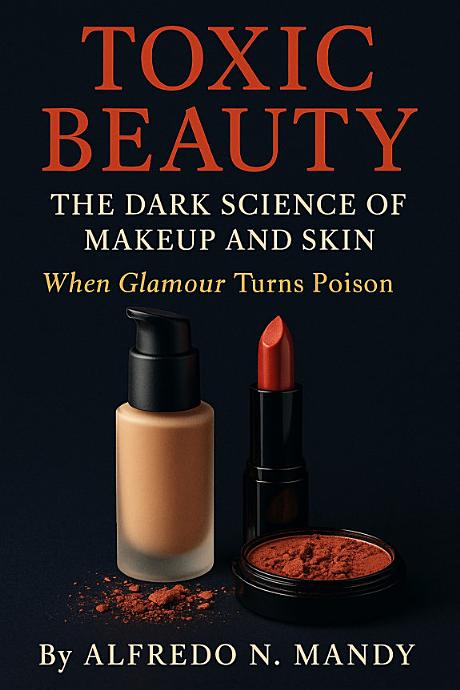Toxic Beauty: The Dark Science of Makeup and Skin: WHEN GLAMOUR TURNS POISON
Toxic Beauty: The Dark Science of Makeup and Skin
In a world where beauty often reigns supreme, the allure of makeup and skincare products is undeniable. Yet, beneath the surface of these seemingly innocuous products lies a complex interplay of chemistry and marketing, which 'Toxic Beauty' seeks to unravel. This book dives deep into the dark science of cosmetics, exposing the hidden dangers that often go unnoticed by consumers.
The Hidden Risks of Everyday Products
While makeup and skincare products promise beauty and confidence, they can also harbor ingredients that pose significant health risks. From carcinogens to allergens, the book details how these substances can affect our skin and overall health. It challenges readers to question the safety and transparency of the cosmetics industry.
Understanding Cosmetic Ingredients
One of the key themes of 'Toxic Beauty' is the importance of understanding what goes into the products we use daily. The book provides insights into common ingredients, their potential effects, and how they interact with our skin. It encourages readers to become more informed consumers, capable of making choices that prioritize health and safety.
Book Schema
Frequently Asked Questions
- What are some harmful ingredients in cosmetics? Many cosmetics contain ingredients like parabens and phthalates, which can disrupt hormones and cause skin irritation.
- How can I identify safe cosmetics? Look for products with transparent ingredient lists and certifications from trusted health organizations.
- Is natural makeup always safer? Not necessarily. Some natural ingredients can also cause allergies or skin reactions. It's essential to research each product.
FAQPage Schema
The author translates complex scientific concepts into accessible insights. It shows how evidence, discovery, and curiosity weave together to change the way we perceive the universe, bridging the gap between knowledge and wonder.
The result is not just a collection of ideas, but a living dialogue that invites participation, self-inquiry, and perspective.
Ultimately, this book leaves the reader with a sense of clarity and curiosity — a reminder that understanding begins when we dare to question what we think we already know.

